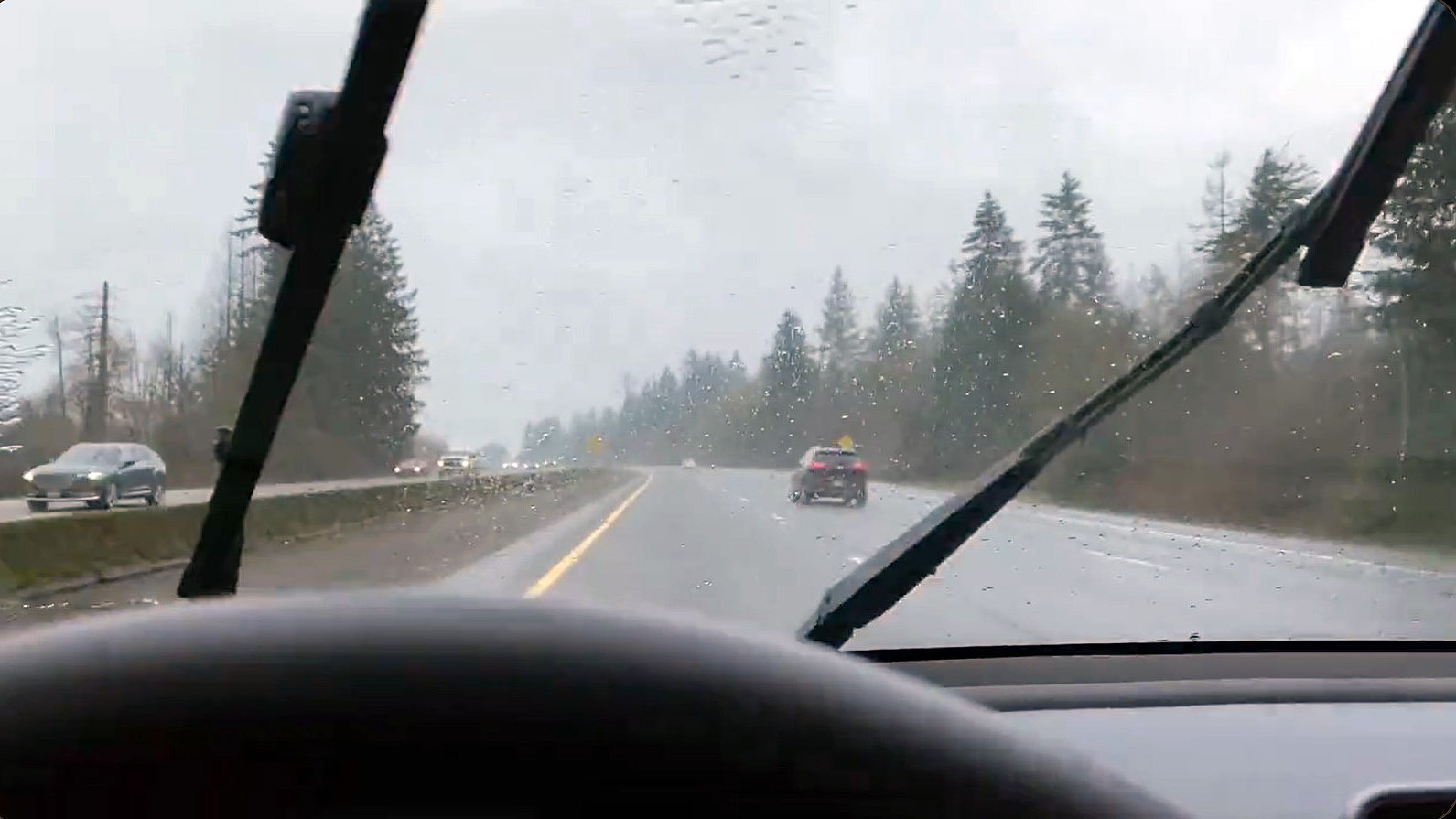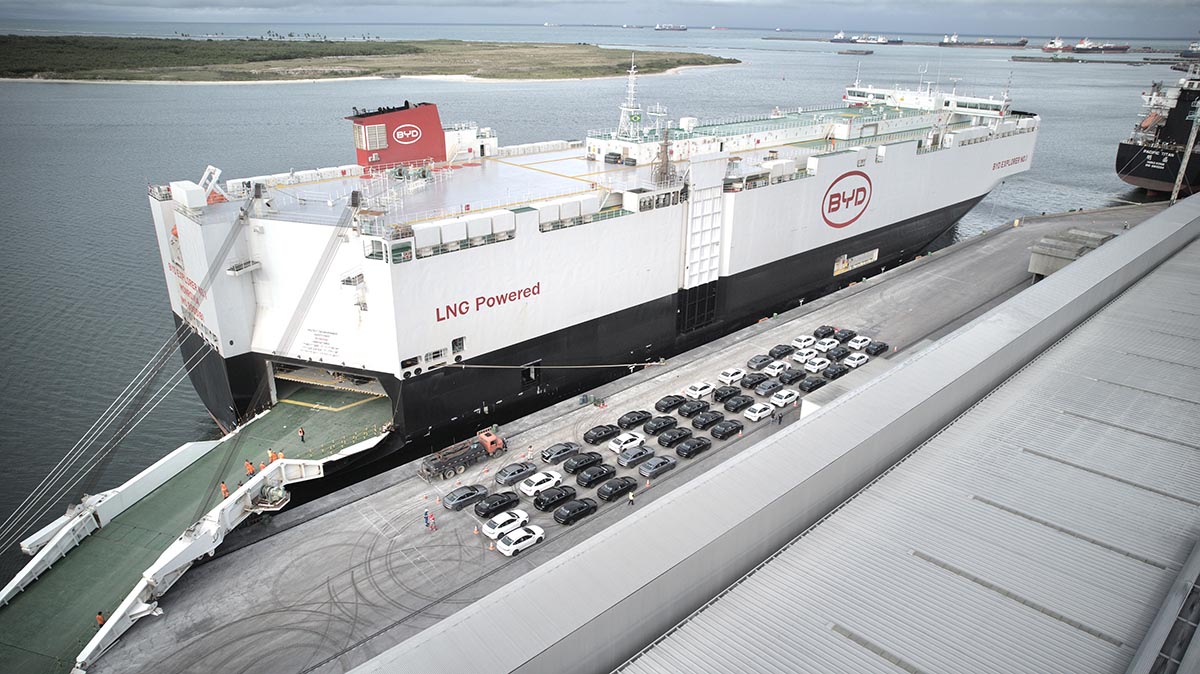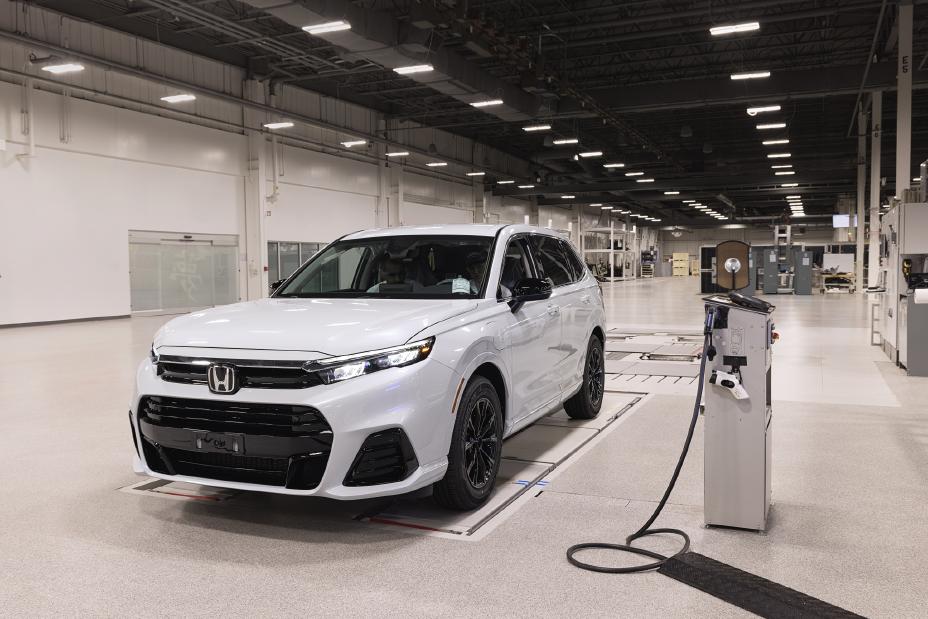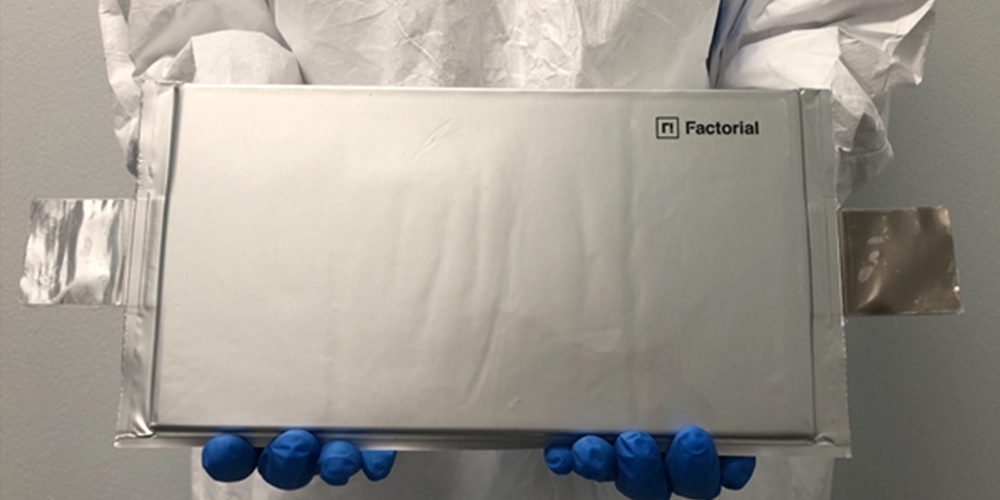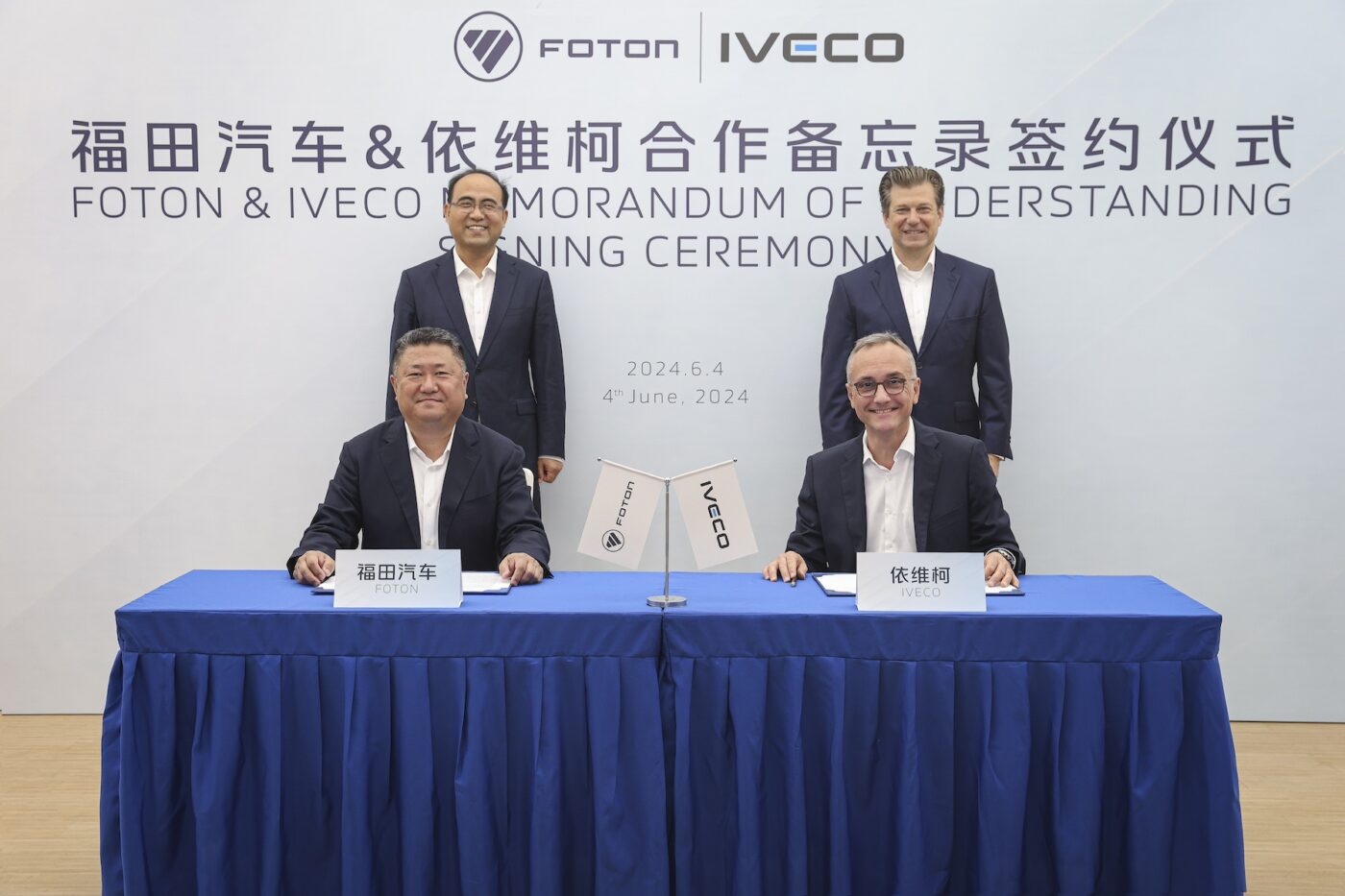Tesla’s approach of using only Vision cameras for its automatic wiper function is drawing criticism for its erratic behavior, which users find challenging to fix.
Despite promises from Tesla engineers, including CEO Elon Musk, to address the issue, drivers continue to experience problems with the windshield wipers in automatic mode. For example, when the car is on Autopilot and it starts to rain, the wipers sometimes fail to start or operate at an appropriate speed due to a lack of sensitivity to rain intensity.
Rather than incorporating an additional sensor to control the wipers, Tesla persists in its Vision-only strategy. This approach relies on the car’s cameras to manage various tasks, including navigating complex road situations in Full Self-Driving mode and detecting rain.
However, the cameras can be easily confused, such as mistaking bugs on the windshield for raindrops and activating the wipers unnecessarily.
Solving the issue without additional sensors would be challenging and costly, leading Tesla to implement incremental improvements and increase manual control over the wipers.
In the 2024.14.3 software update, Tesla changed the way wiper speed is adjusted, replacing the tilting of the scroll wheel with logical scrolling up or down. The Spring Update introduces a manual mode for adjusting the autowipers’ sensitivity. When the driver taps on the wiper button in automatic mode, the sensitivity increases temporarily, allowing for a more vigorous response to changing weather conditions.
However, these updates only partially address the problem, with users still wanting a way to prevent the wipers from activating unnecessarily, such as on a sunny day.
Critics argue that Tesla’s reliance on Vision technology has hindered progress, particularly in implementing a simple rain sensor. As a result, Tesla still has work to do to improve the functionality of its automatic wipers.

